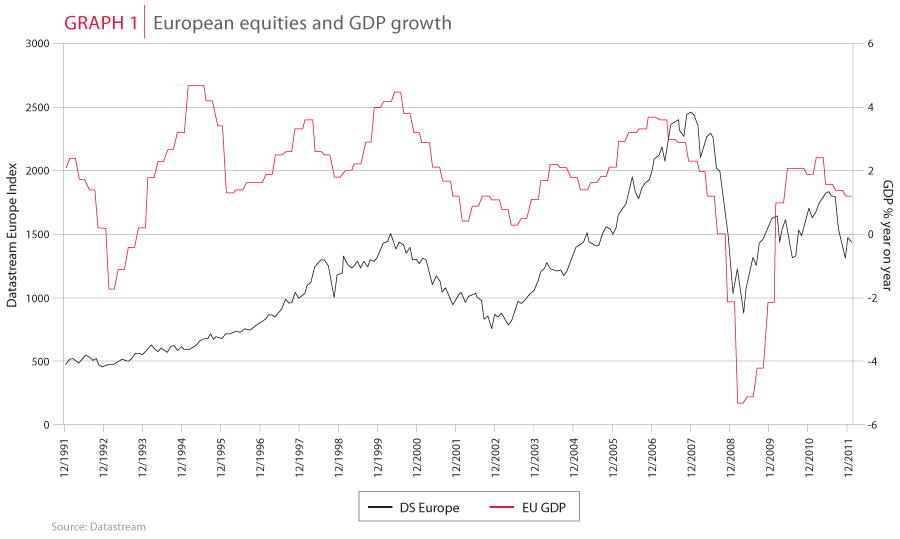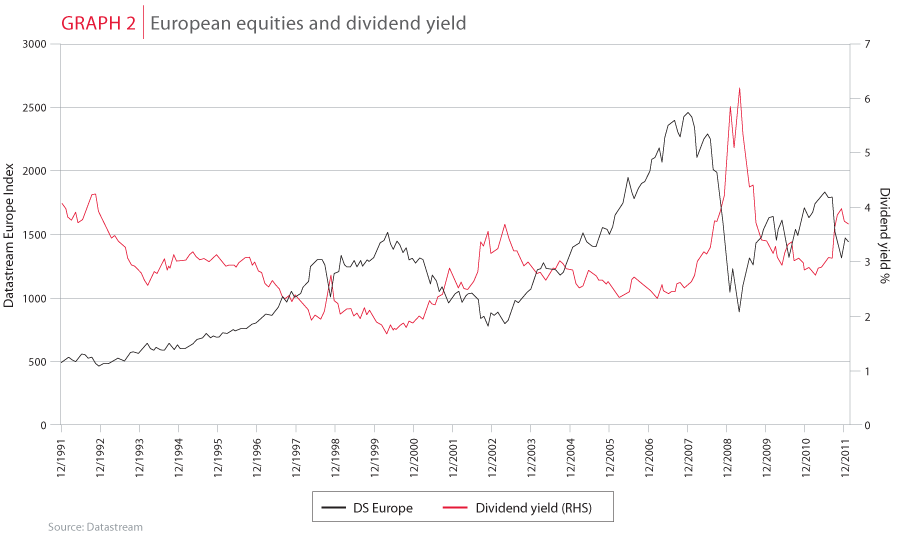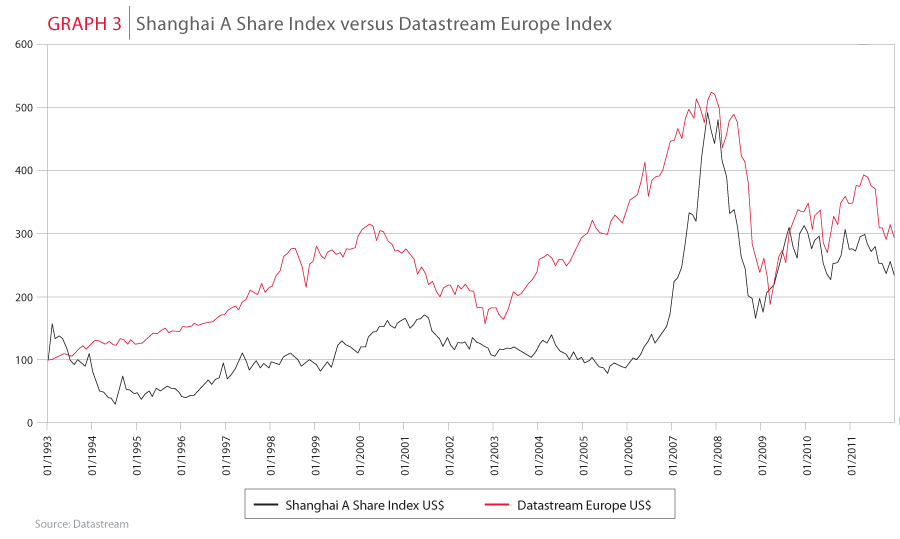People enjoy stories; they are fun. This is true in all facets of life, including investing. Investors often have stories to tell about individual equities, sectors or even entire countries. Stories are great, but according to Andrew Lapping, when it comes to investing it is not the story that counts, but the price you pay.
Last year I attended a mining conference where senior executives of most of the world’s major mining companies presented on their businesses. These presentations must always be taken with a pinch of salt as you are hearing about the beauty, not the warts. Even so, it is useful to listen to many company representatives in a short space of time to get a sense of whether they are generally positive and investing in projects that will add new supply in the long run, or conversely, if they are negative and cutting production. As contrarians, we are usually looking for the negativity that could lead to investment opportunities: if company management is negative, investors often follow.
One of the presentations I attended was by a relatively small company with a great story to tell about the various projects it has on the drawing board (all the information disclosed had been in the public domain for some time). After the presentation the guy on my left said: ‘Great story, I’ve got to buy this stock.’ He was not the only person with these thoughts; the share was up 10% on the day. It seemed a number of people had made an investment decision based solely on a story with little consideration for the actual valuation and what was already discounted in the share price. To me, the only certainty was that the CEO was a powerful public speaker.
Base investment decisions on facts
The hard work when it comes to investing, is establishing the facts. This involves analysing data, investigating the industry in which the company operates and meeting company management. Investors need to ask a lot of questions. Is the business sustainable? Is the demand for the product likely to shrink or grow? Will excess capital investment destroy returns? Are returns above or below normal? The goal should be to extract factual data to aid quantitative valuation.
The value of a company is the sum of the future cash flows
At Allan Gray we believe that the most important variable in establishing the value of a company is the estimate of future cash flows. As it is not possible to forecast the future with any accuracy, we try instead to establish the average cash flows a business can sustain through the business cycle. We use this sustainable cash flow in normal conditions to determine the value. It is important not to think of current conditions as normal and just extrapolate these. When the news and short-term outlook are positive, market participants tend to extrapolate these conditions in the earnings outlook rather than assess the long-term earnings power of the company.
AS CONTRARIANS, WE ARE USUALLY LOOKING FOR THE NEGATIVITY THAT COULD LEAD TO INVESTMENT OPPORTUNITIES
It is very difficult to not be swayed by current events and operational data, but at the very least you should be aware that, if the outlook and news are positive, it is probably in the share price; similarly for bad news. That the market often extrapolates current conditions as normal, is what enables us to generate alpha.
Stock market indices, for example the Datastream Europe Index, provide a good illustration of this concept. Many people assume Europe is currently not the place to invest, as there is so much bad news and so many stories about the dire outlook for European GDP growth. This is borne out in the weakness of European equity markets. There are two separate concepts at work here:
1. The news is bad therefore it is a bad investment
Often the opposite is true. When the news is terrible it is likely you could be looking at a good investment opportunity. The reason is that investors may be extrapolating the current situation into the future. They may be right, but at least it is in the price. And if things turn out to be even a little better, it is more than what is discounted in the share price.
Graphs 1 and 2 illustrate this for the Datastream Europe Index. When GDP growth is high and things are going well, investors extrapolate this into the future and bid up share prices (most notably in 2000 and late 2006). Actually, this is not the time to buy. Rather, the time to buy is when the valuations are low (I have used dividend yield as an indicator of value). Note that the dividend yield was relatively high in 1992/93, 2002/03, 2008/09 and late 2011. What created the buying opportunity in each of these cases was a weak economy and investors expecting the situation to continue.
When it comes to investing, there are very few things you know for certain. If you consider the world right now, one thing that is certain is that people are negative about Europe. To us, this may indicate an opportunity.


2. Conventional wisdom asserts that GDP growth drives stock market returns
This is also not necessarily true. The most important driver of stock market returns is the starting valuation. GDP growth and stock market returns are not well correlated.
THE TIME TO BUY IS WHEN THE VALUATIONS ARE LOW
Investors are always trying to forecast the future, so when people expect GDP growth they tend to pay too much for it and are often disappointed, in other words, the growth is already in the price as the market is bid up in anticipation. However, one of the most important reasons for the low correlation is something else: investment and the competitive dynamic. Investment spending can have the opposite impact on equity returns and GDP growth. When a business invests in new plant and machinery, it is reflected as GDP growth, so the greater the level of investment the faster GDP grows. Unfortunately, all these companies putting capital to work and investing, brings down the return on capital. Lower returns on capital mean lower profits and poor returns for equity investors. A good example is China, where massive investment, amongst other factors like productivity growth, has led to real GDP growth of 10% per year over the past 18 years. Over the same period the Shanghai SE A Share Index has appreciated a little less than the Datastream Europe Index, where GDP growth has averaged 1.6% (see Graph 3).

Contrast this with the FTSE/JSE All Share Index (ALSI), which has grown at a real 6.4% per year over the past 18 years, with GDP growth of only 3% per year. The low starting valuation is important, but another reason is that South African businesses often have a very high return on capital. One of the reasons for this is that South African businessmen are often very cautious about the outlook for South Africa and are loath to invest capital. This results in a very favourable competitive dynamic, as well as mediocre GDP growth.
The current negativity towards the European and the US economies, and the subsequent lack of investment, may actually lead to higher returns on capital. How many times have you heard American politicians lament the failure of US businesses to invest and create jobs? Interestingly, corporate profits to GDP are at a record high in the US. The takeaway is not that you must look for weak economies for investment opportunities; rather it is the fundamentals and the entry price that matter.
Fact versus fiction
The reason stories should be avoided when making investment decisions, is that it is very easy to listen to a narrative and get sucked in, rather than actually doing the hard work and establishing the facts. A great tale can lead an investor to believe that it is possible to forecast the future. The problem is, more often than not, the current news is already discounted in the price.
WE BELIEVE THE MOST IMPORTANT VARIABLE IN ESTABLISHING THE VALUE OF A COMPANY IS THE ESTIMATE OF FUTURE CASH FLOWS
Instead, investors should look forward and establish what people do not know or do not expect. By using all the available information, investors can try to estimate the normal level of earnings, and hence the appropriate value, for the business. This is the approach we follow rather than just listening to stories, even though stories are fun.